Having attended Dalhousie University after graduating from high school, the Canadian east coast is more than familiar territory. I’ve lived there for many years. I’ve formed lifelong friendships with fellow Nova Scotians. And I’ve roamed the vast coastline enjoying the tangy smell of the ocean with each and every breath. Halifax is a place that has left its mark on me.
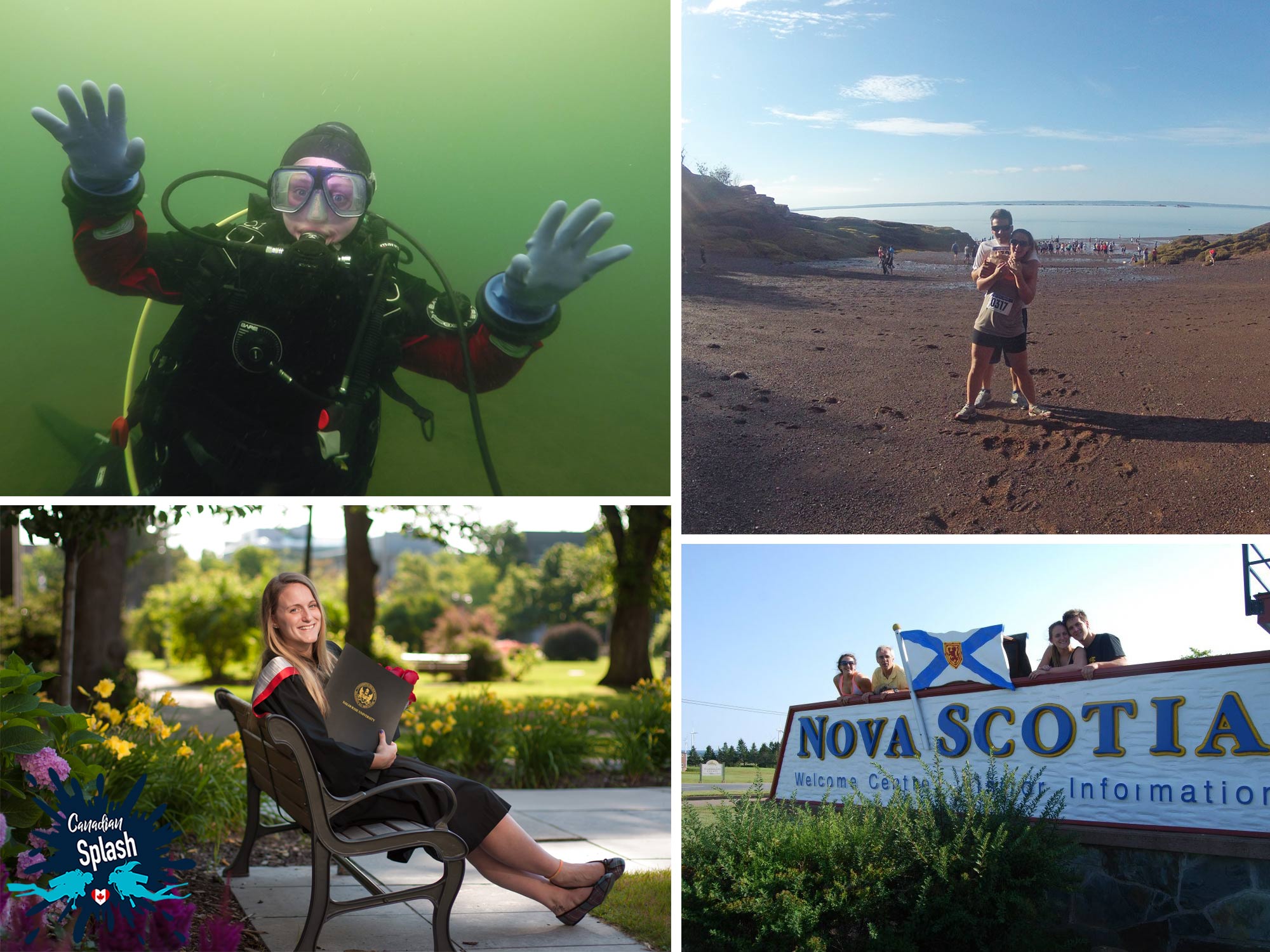
Halifax is the capital city of Nova Scotia and one of the most populated places in the Canadian Maritimes. As such, more than two-fifths of the province’s population call this city home. At a latitude of 44° N, Halifax is nearly halfway between the Equator and the North Pole. The region owes its existence largely to its location – on one of the largest and deepest ice-free natural harbours in the world. This, over time, has made Halifax one of the most important Canadian commercial ports on the Atlantic seaboard.
Today, Halifax and subsequently the HRM, still hold strong ties to its seafaring roots. It remains a busy port city, with several harbours as well as shared wharves, marinas, fishing docks and shipyards. It is Atlantic Canada’s leading financial, commercial and industrial center. HRM has also become a very cosmopolitan place. The region has a proud mixture of cultures, languages and ethnicities.
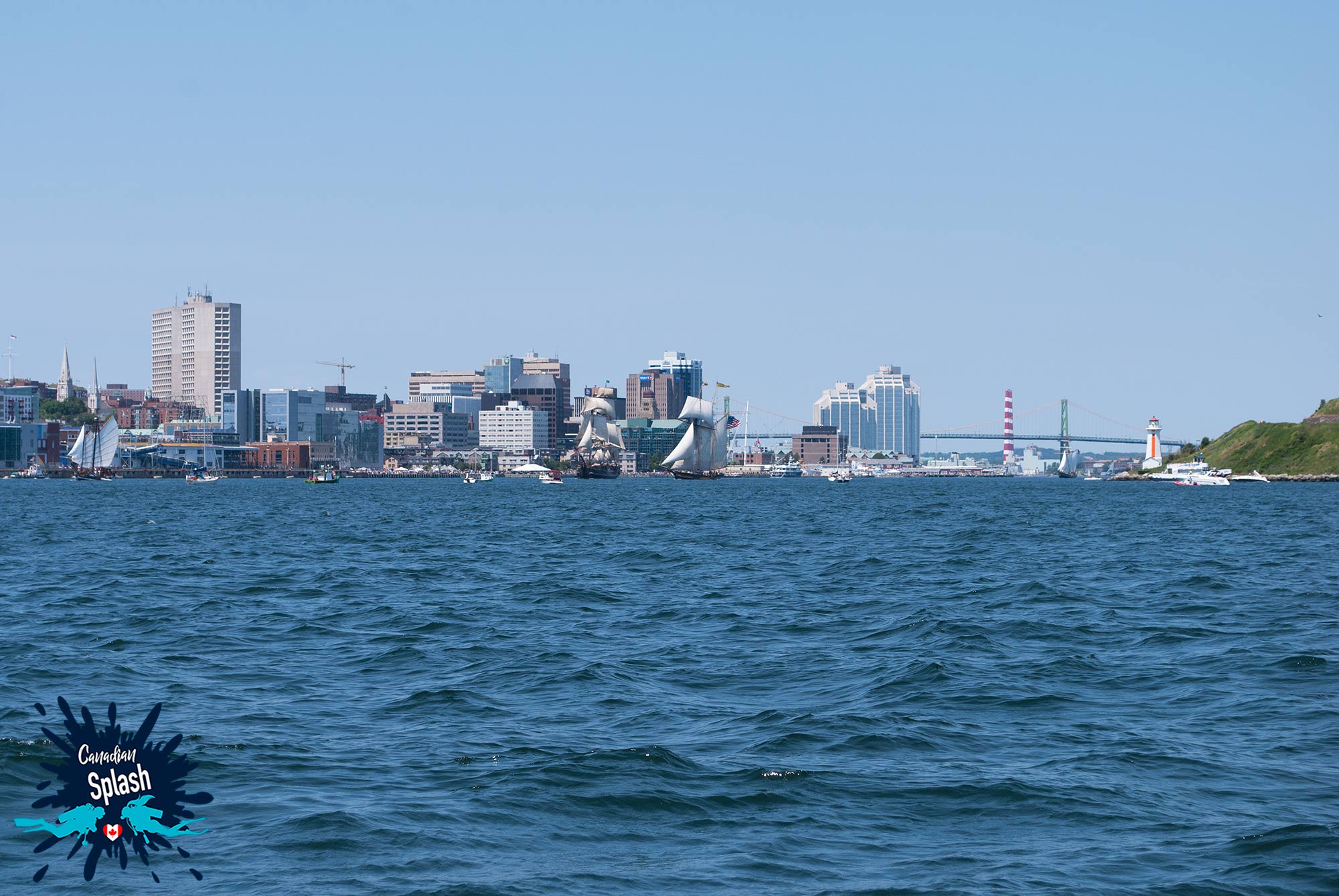
Being one of the oldest and largest cities in the maritime provinces (founded in 1749), HRM is an eclectic mix of old and new. It has many educational institutions, museums, pubs, historic buildings and fishing villages which are a picture-perfect delight for locals and tourists.
While not the first activity many tourists think of engaging in when they arrive in the HRM, scuba diving the lush water of Canada’s north Atlantic is a welcomed change from the status quo. Having an extensive coastline and being a peninsula primarily surrounded by ocean, anyone can guess that this area would have good cold water diving. I mean you can head anyplace inland and never be more than 67 kilometers from the coast.

Some of our favourite local diving include sites directly in Halifax itself, but also amid the curving seashores of St-Margarets Bay.

Scuba Diving in Nova Scotia: Don’t let the cold water keep you from scuba diving. If you’re looking for wrecks, you will be sure to find them. If you are looking for interesting flora and fauna, the coastlines of eastern Canada have that as well. Find out where you can go scuba diving in Nova Scotia.
Terrence Bay is a rural fishing community on the Chebucto Peninsula fringing the western side of HRM. It is located on the shores of the Atlantic oceans 21.2 kilometers from Halifax off Route 333. The region encompasses the communities of Lower Prospect and Sandy Cove.
Dotted along Terrence Bay’s snaking shores are many dive sites rich in marine life. Some are easily accessible with close parking while others require a little more walking and equipment lugging.
* For informative purposes, shore scuba diving sites ranging from Bear Cove all the way to Prospect will be outlined in this article.
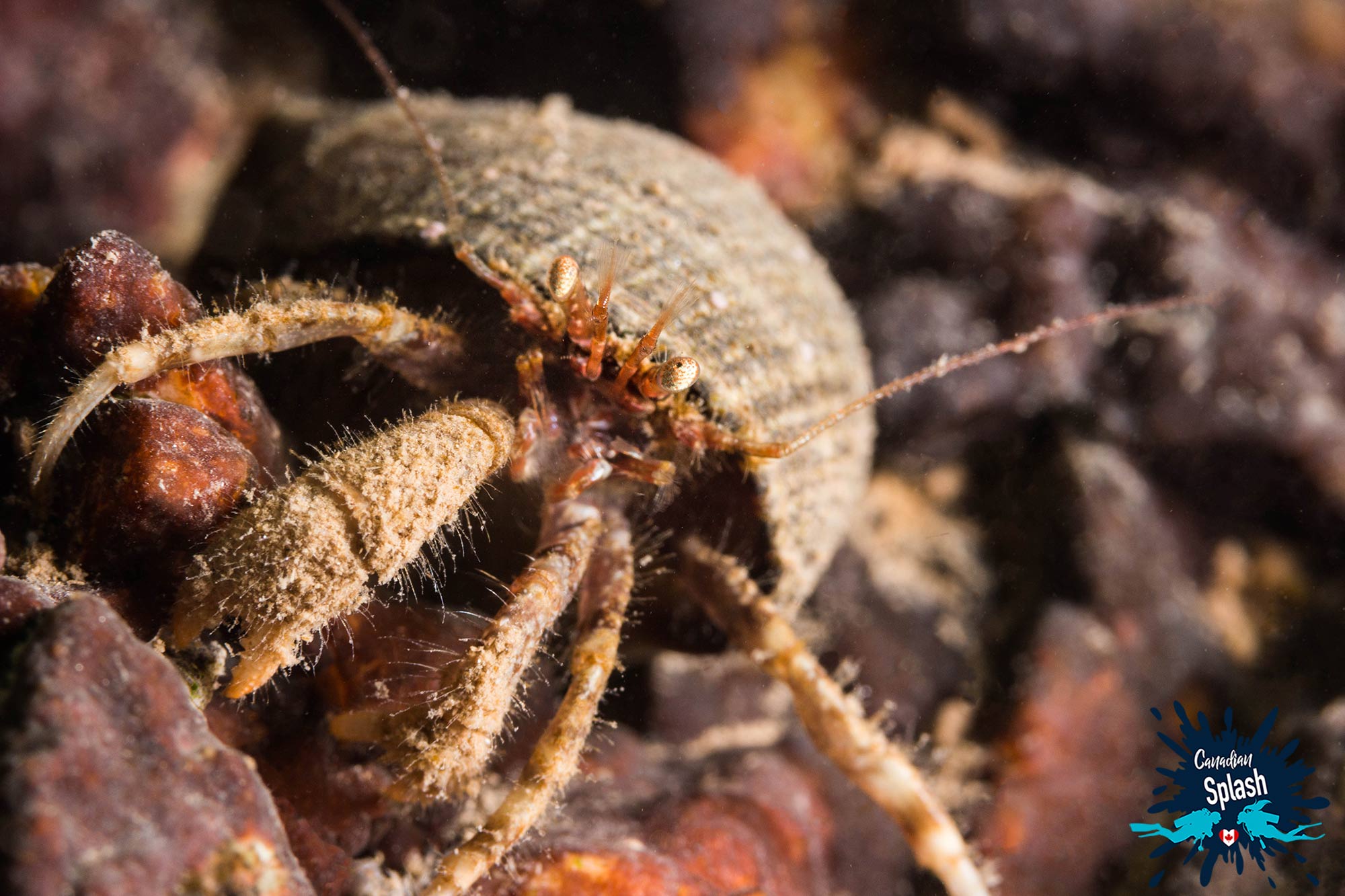
Prospect Bay Wharf is a large dive site with lots of places to explore. The wharf is located in a small inlet and therefore very sheltered from wind and wave action. The maximum depth of the site runs down to about 35ft at high tide. Divers can enter the water at the wooden stairs on the left of the wharf.
Prospect affords divers the opportunity to enjoy large kelp formations, rocky ledges and larger animals heading towards the gully. Heading in the opposite directions divers can poke around in the mud and silt, treasure hunting for old clay pipes discarded from the old historic ships that used to lay berths in this village.
Marine life consists largely of various crab species. Hermit, green and rock crabs can be found wandering the bottom, especially where it is flat. There are also lots of sponges and anemones clinging to the wharf pillars which make for a colourful and three-dimensional dive. In the sheltered areas where larger rocks are found lobsters, flounders, sea ravens and sculpins are abundant.
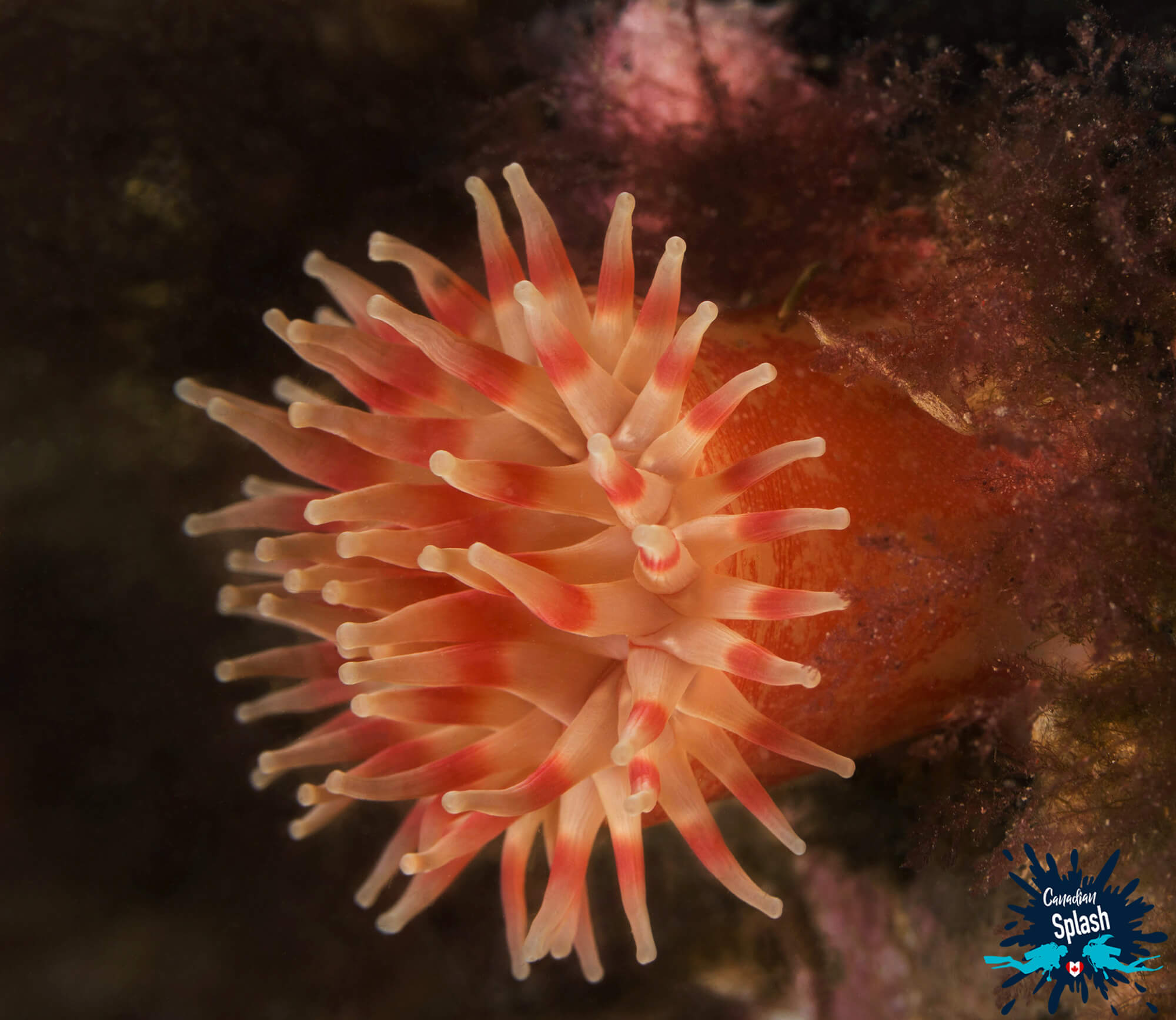
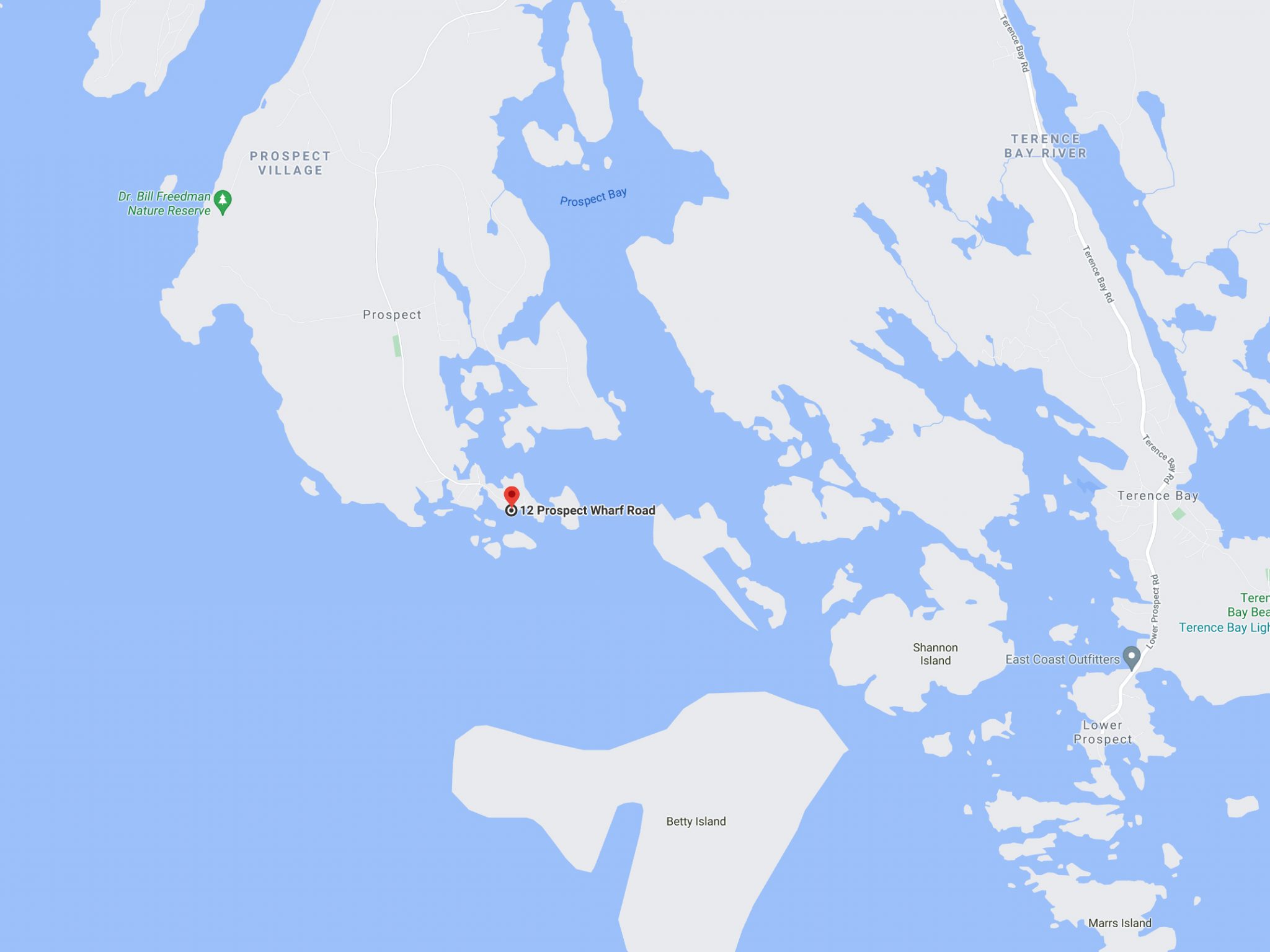
How to Find Prospect Bay Wharf and What to Look For
GPS Coordinates: 44.470383, -63.784006
Address: 12 Prospect Wharf Rd, Prospect, NS B3T 2B3
The parking area can fit cars close to the entry point. Boats are a site hazard – make sure to have a buoy.
It takes about 45 minutes from Halifax to get to the Sandy Cove dive site. Located south of the city, Sandy Cove is in the same geographical area as Crystal Crescent Beach Provincial Park, a well-known hangout spot for beachgoers in the summer months.
Sandy Cove is a small 75-meter strip of beach with ample roadside parking around a spacious cul-de-sac. The beach access makes for easy entry and exit from the water.
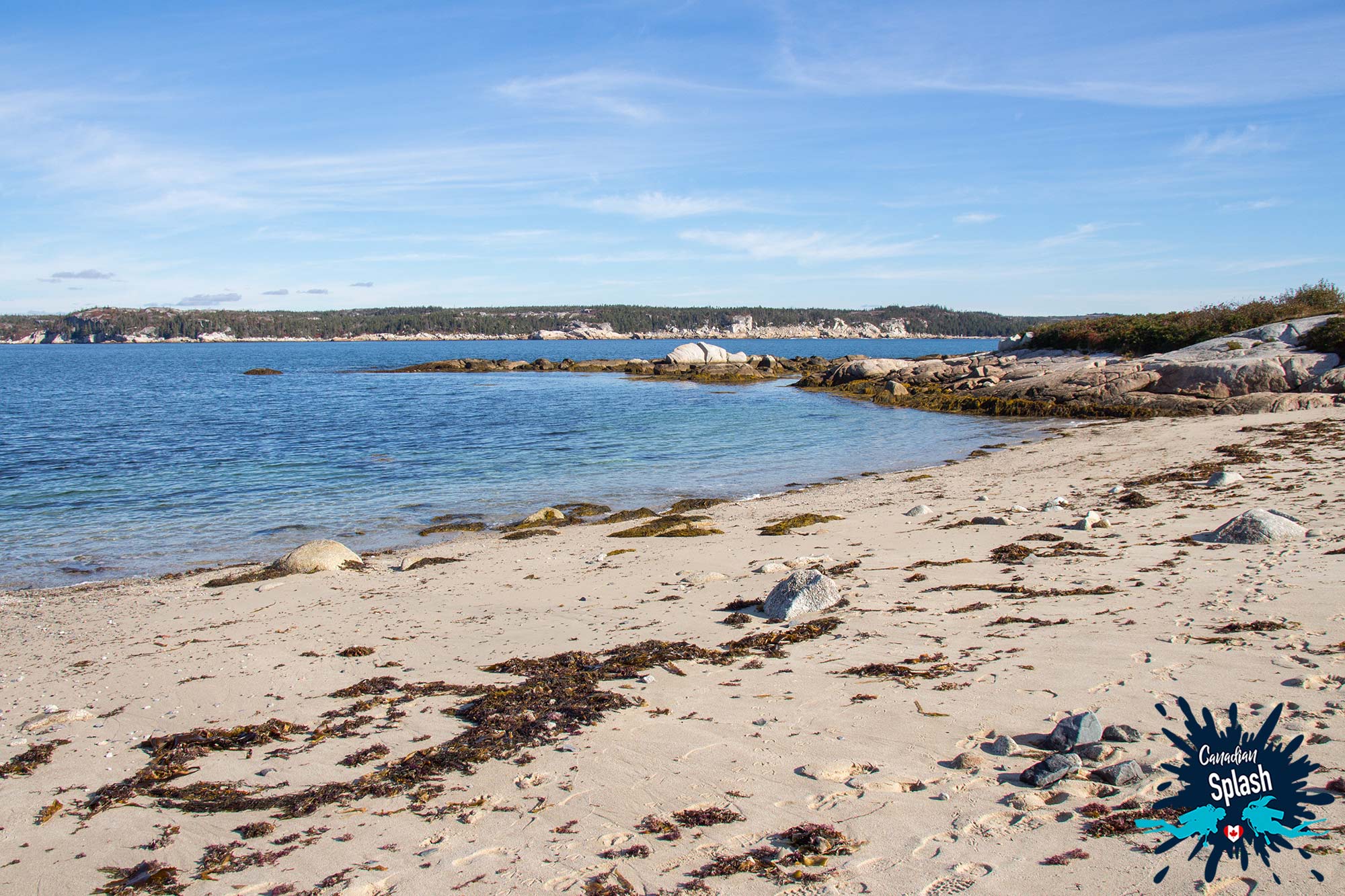
The bottom structure of the site itself stays true to the name and is mostly sand, however along the left and right-hand side of the dive site there is some cobblestone, boulders and bedrock ridges cloaked in seaweed. The depth of this site averages 40 feet, however further out the beach drops to as deep as 65 feet.
When looking for marine fauna at Sandy Cove, divers can usually find a sculpin or flounder hiding on the bottom or within the seaweed. Additionally, schools of pollock, cunner and other small fish often swim in this cove.
On the infrequent luck-of-the-draw occasion, divers may even glimpse a seal hauled out on the beach or lighthouse rocks napping.

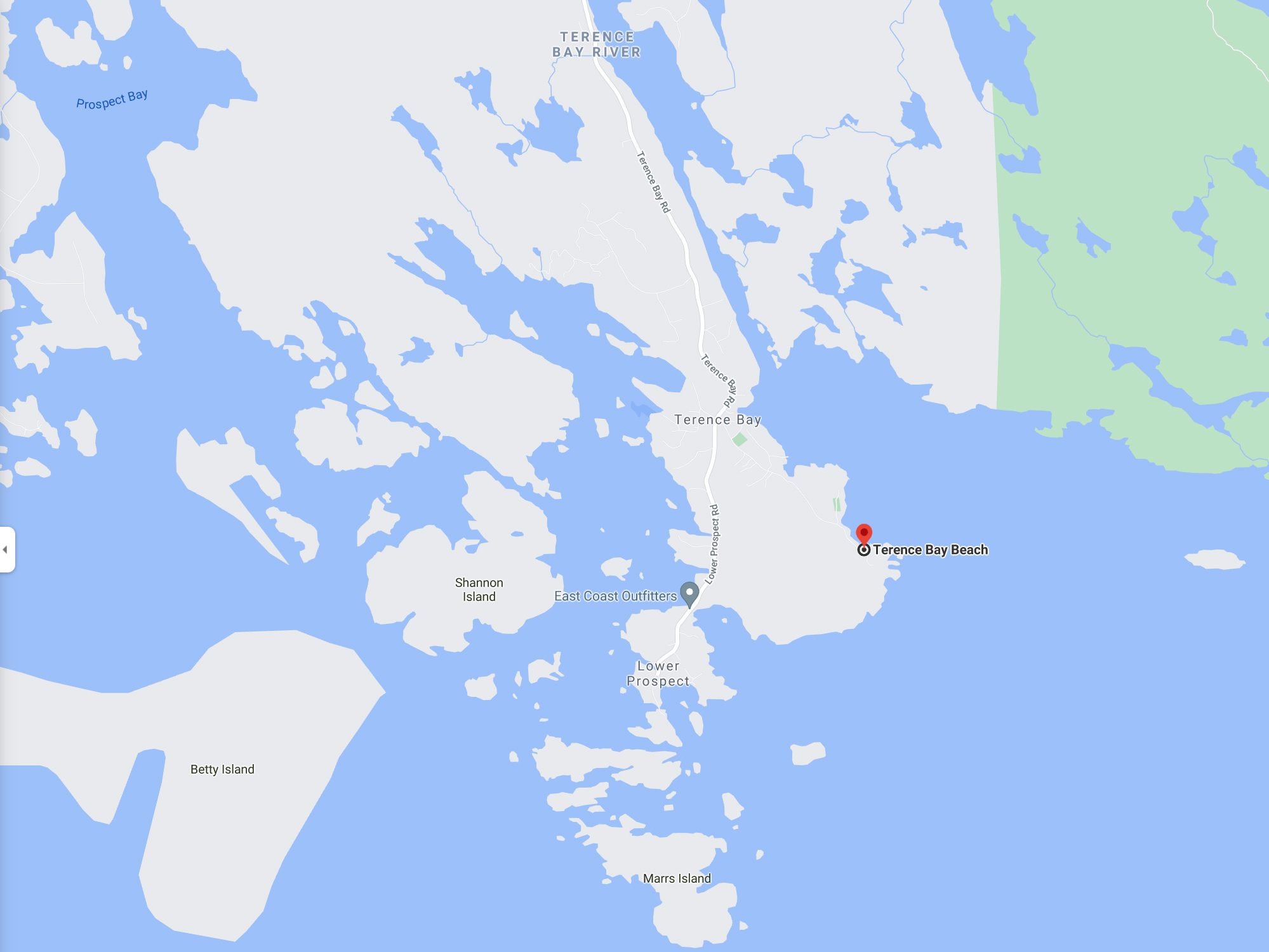
How to Find Sandy Cove and What to Look For
GPS Coordinates: 44.462940, -63.708431
Address: Terence Bay Beach, 260 Sandy Cove Rd, Terence Bay, NS
Enter at the sandy beach. While a dive buoy is not necessary fishing boats can be a site hazard.
For the non-divers visiting Sandy Cove, this site has a short but scenic hiking path out to the tip of the bay. This trail is great for pictures and ends at a small red and white lighthouse.
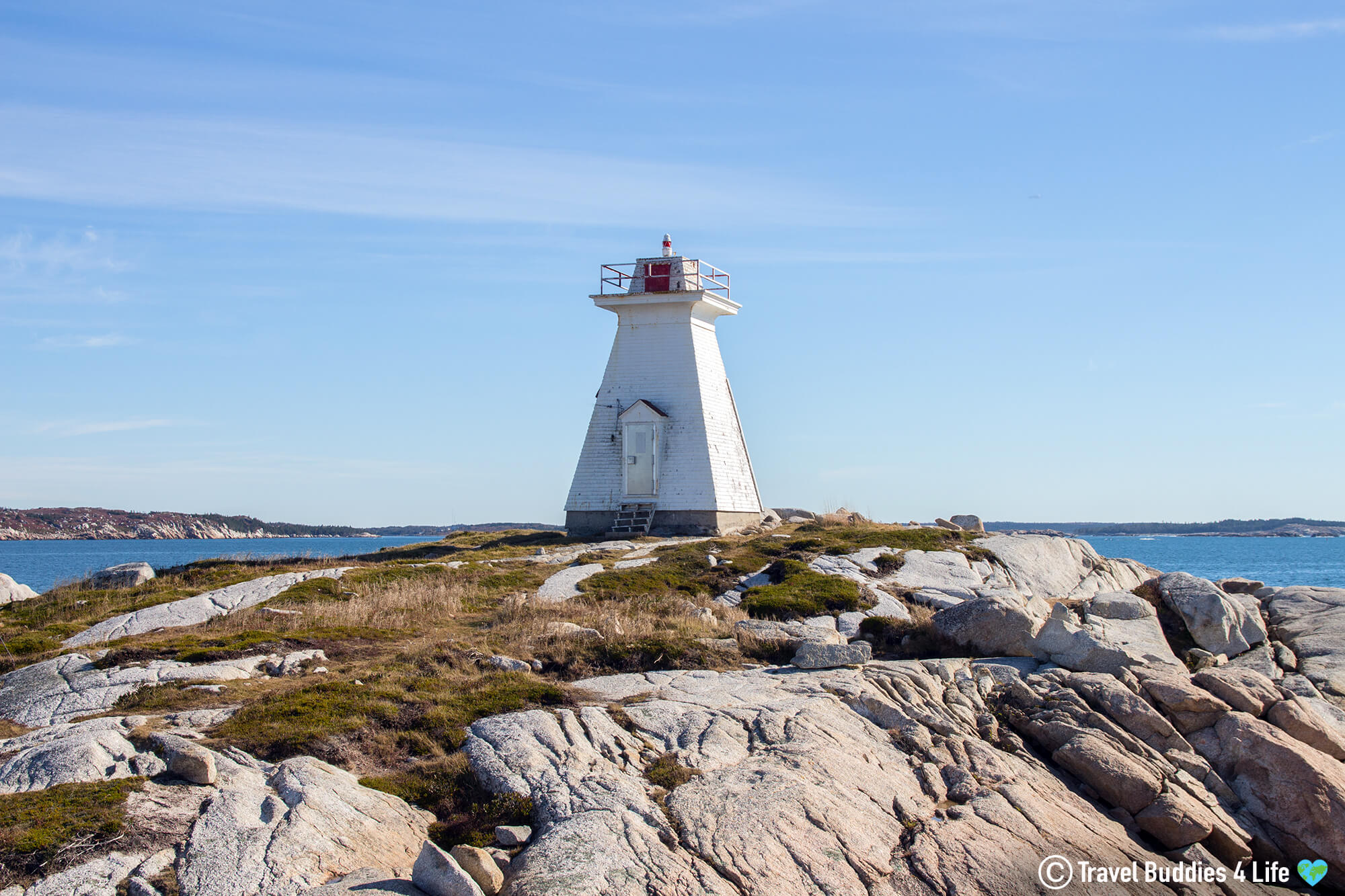
Long Cove is another interesting dive site close to West Pennant. The site is nestled in a small community with several small beaches that step down into the ocean.
Long Cove opens to the southwest meaning this site is very protected from east and north winds. The bottom consists of sand that leads to soft mud quickly from the beach. The muddy portion of the site is rich in burrowing macro creatures but can make a real mess when disturbed. Some of the bottom dwellers include scallops, tube anemones, worms, flatfish and crab species.
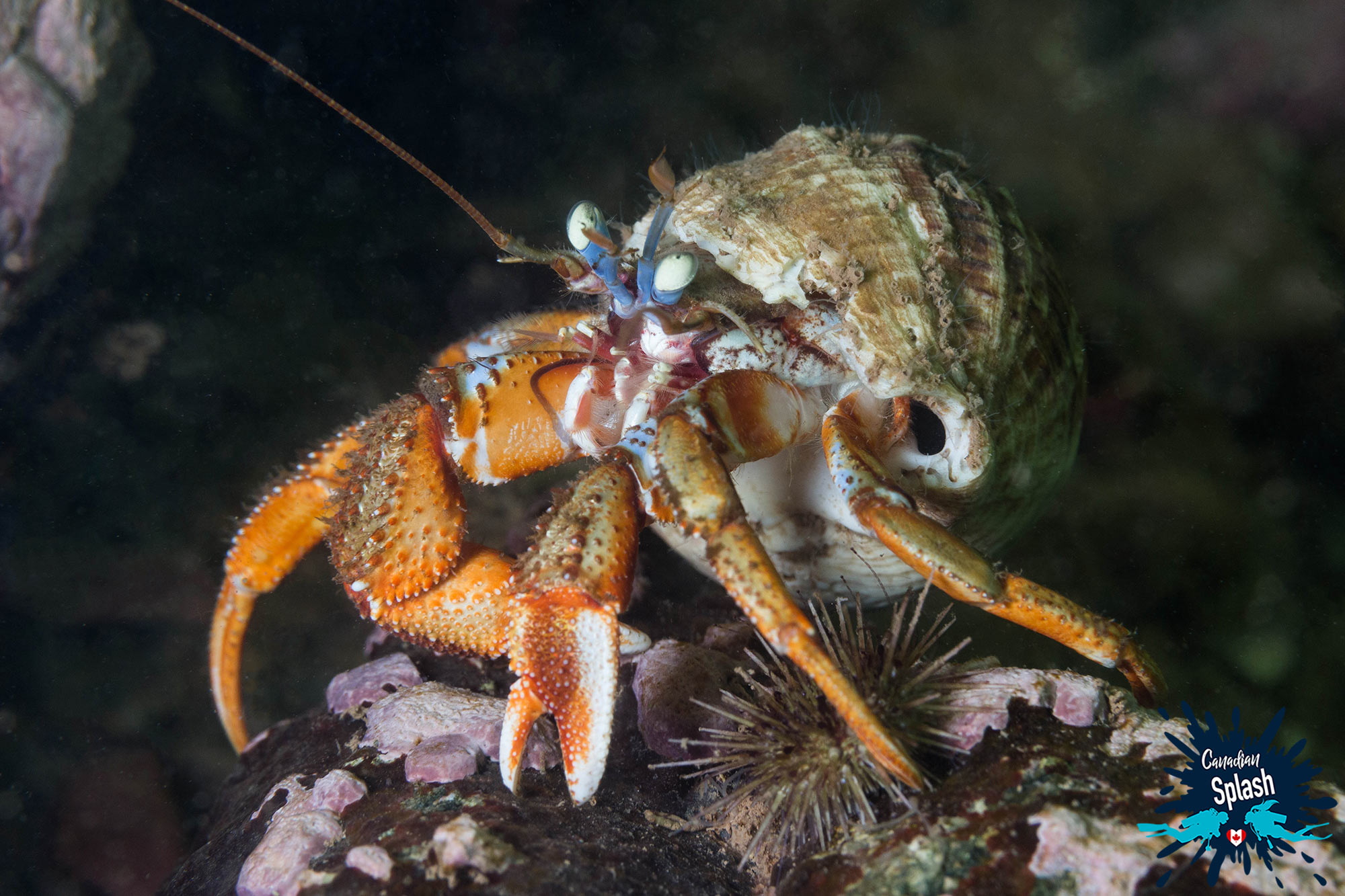
The nicest region of the site is a section of boulders running down the middle of the cove. These offer animals and plants better hiding pockets. The boulders have kelp and rockweed growth with lots of interesting invertebrates.
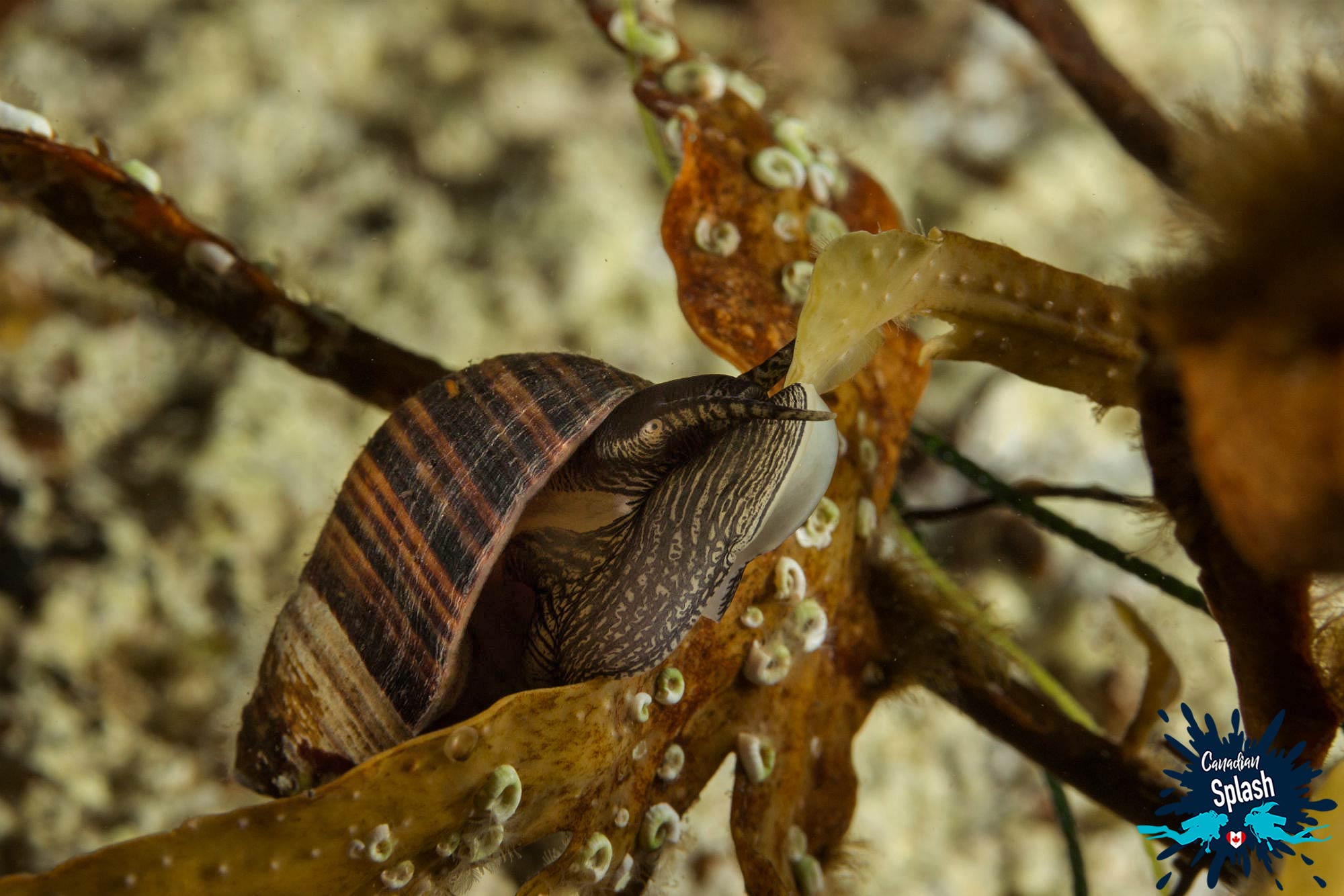
The depth of Long Cove is roughly 9 meters deep (28 feet). It is also relevant to note that the head of the cove has a freshwater inflow, thus after rain, the top layer of water can be brownish with reduced visibility.
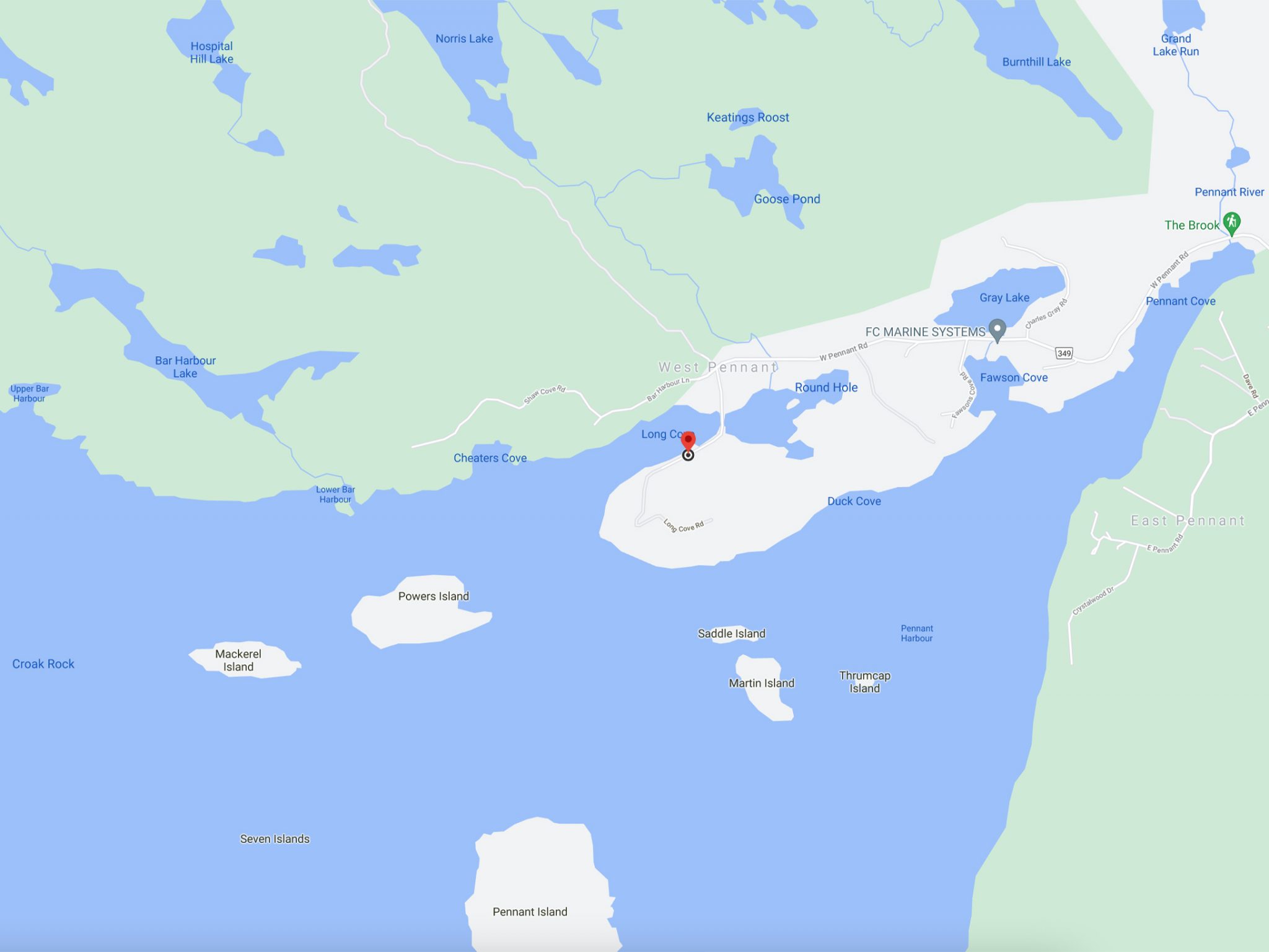
How to Find Long Cove and What to Look For
GPS Coordinates: 44.468110, -63.655355
Address: 32-10 W Pennant Rd, West Pennant, NS B3V 1M5
Parking is at the side of the road near a gate blocking off the developing housing community.
Bear Cove is a shore diving site cresting the outer limits of the Halifax Harbour. It is appealing due to its proximity to downtown Halifax but also because it offers divers the opportunity to explore portions of the U.S.M.S Humboldt wreck.
The site consists of a rocky beach approximately 30 meters (100 feet) wide which translates into the underwater landscape. Diving is done to the right of an oval boulder and flat rock closer to the beach entry path. The depth starts shallow 6 meters (20 feet) but drops off to 21 meters (70 feet) further out. There are a number of boulders and rock gullies peppered with kelp.

The points of interest at this site are found in two different areas approximately 7 meters (25 feet) apart. The first is known as the decking and the second is the ribs. All parts of the wreck are between Stone Rock (a large partially submerged rock at the entrance point) and Jane’s Point (the rocky point of land that borders the beach on the south).
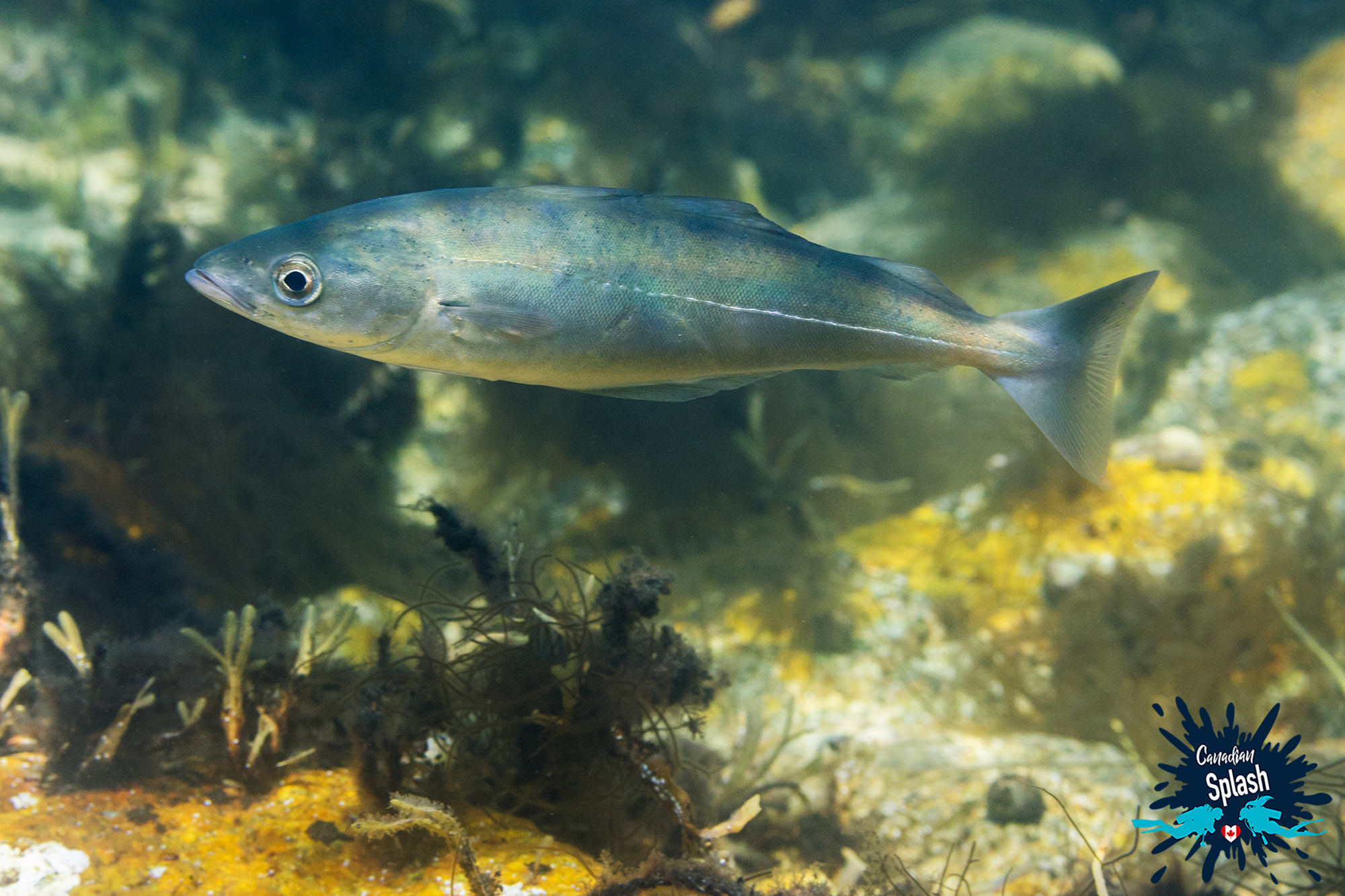
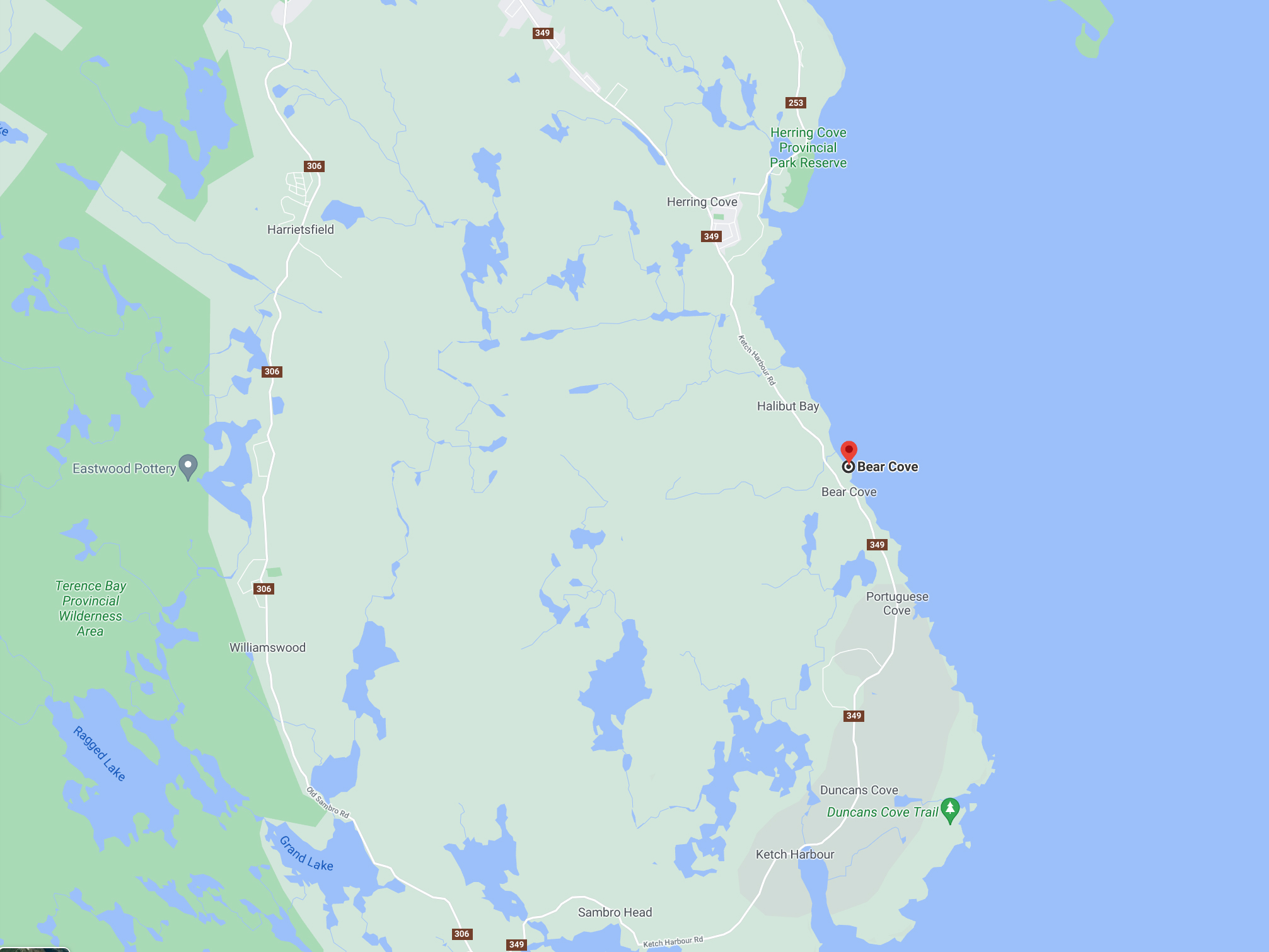
How to Find Bear Cove and What to Look For
GPS Coordinates: 44.543206, -63.541785
Address: Bear Cove, Nova Scotia
This dive site approaches the Halifax Harbour – a dive flag and knife is recommended for fishing gear and passing boats.
Halifax Regional Municipality is a gem of a location on Canada’s east coast. After having lived there, worked there and enjoyed countless splashes in the North Atlantic, I can assure you there truly is no place like it. The metropolitan city offers visitors lots of things to occupy their time, while the coastal fishing communities cry of rustic charm.
In terms of scuba diving, this maritime spot has a really great collection of dive sites well suited for all levels of diver. Whether you’re diving directly in the city of Halifax, along picturesque St-Margarets Bay or amid the Terrence Bay seashores, prepare to be astonished and amazed by the bounty of marine life Nova Scotia has in store.

Have you ever been diving in Atlantic Canada – particularly in the Halifax Regional Municipality? What did you think of all the shore diving opportunities on the east coast?
Writers Note: This post may contain affiliate links. We will make a small commission if you make a purchase through one of these links, at no extra cost to you. See full disclosure and disclaimer policy here.

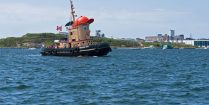
Nova Scotia is full of cold water diving opportunities, particularly around shores of Halifax.
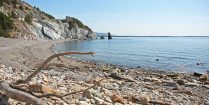
Tide pools are pools of water exposed at low tide and submerged by the ocean at high tide. They give non-divers a chance to glimpse the underwater world while remaining on land.

There is a lot to love about Québec. Dive into Les Escoumins and find some of the best scuba diving in the province's Côte-Nord.
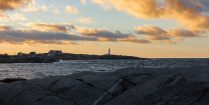
When diving in Nova Scotia where do you even begin? Do you start in Halifax the province's capital or do you wander beyond to see what the surrounding area has to offer?
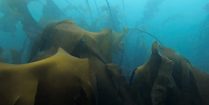
Located at the mouth of Fundy, there are many good reasons that the rocky coastlines of Grand Manan island would be ideal for scuba diving. Thanks to the ocean exposure and changing tides, the outer Bay of Fundy has some of the most dauntingly productive waters in Eastern North America.

Saint Andrews by-the-sea may be small in size, but this summer town packs a pretty big dive punch for scuba divers willing to brave the Bay of Fundy's tides.
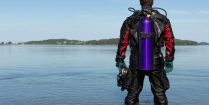
Given the current state of the world, travel is restricted and people are checking out their own backyards. Local scuba diving can be a very different experience than the usual holiday diving adventure, but it is one well worth exploring.
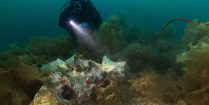
Newfoundland is a place chock-full of life, and scuba diving a whale boneyard is one of the many shore diving opportunities this Canadian province offers.
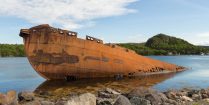
Year after year Newfoundland enjoys large marine animal migrations, rich fisheries and icebergs floating down from Greenland, so it should come as no surprise that this province would pair well with scuba diving.
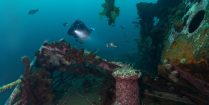
Do you enjoy cold water wreck diving? This dive destination will let you experience the best shipwrecks and scuba diving opportunities on the Canadian east coast.
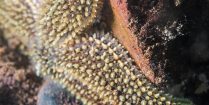
Sometimes finding a good dive spot is easier said than done. Shore diving around Saint John, New Brunswick is a testament to how unpredictable the Bay Fundy can be.
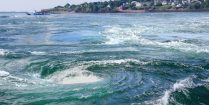
Submerging into the cold waters of Deer Island is one of the best ways to appreciate the vibrant array of color the Bay of Fundy hides beneath her surface.

Born and raised in Lunenburg County I was excited to arrive back in Nova Scotia with all my gear! My ex husband was a US Navy EOD Diver and got the chance to dive with some of the best the US Navy had to offer including Navy Seals. Returning to NS I obtained my scallop license and loved diving the local area. Much of my diving was done in Florida and Hawaii, but it was awesome to be in Nova Scotia water! The best!
Yeay Gretchen!! So glad to hear you are at home in the Maritimes and scuba diving. We hope our site helps you discover and enjoy to new scuba spots.